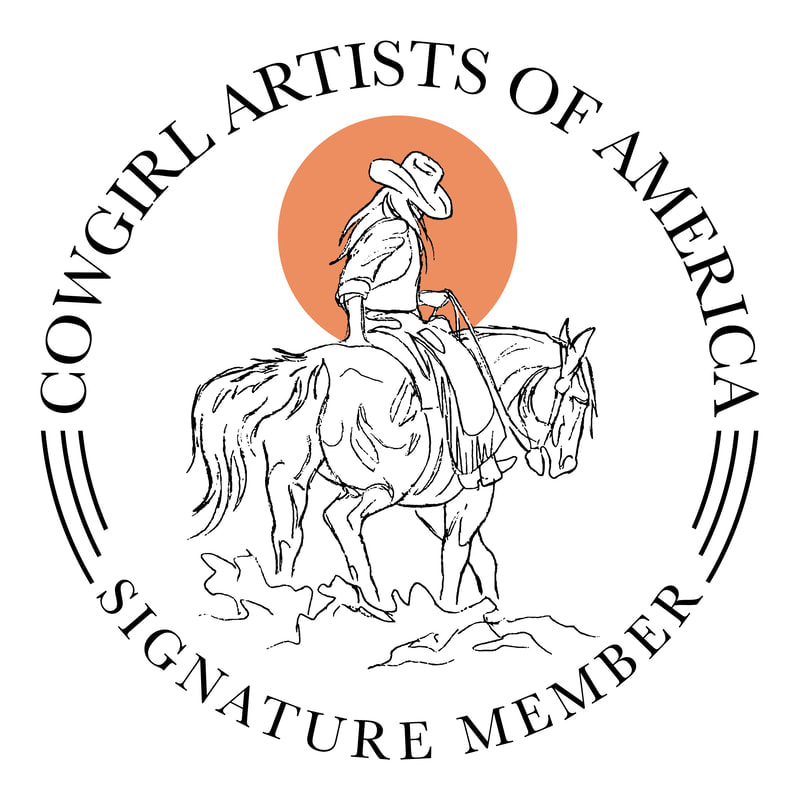|
It's all about that base.... actually, for me, it is not. The base does play an important part though. It is like the map for where things are in general terms. An underpainting is often a thin, monochromatic base layer of paint that helps to determine value. I take two different approaches to my underpainting. Sometimes I use very washy paint to lay out the background, subject, and major shadows. The other approach I take is to lay down a (not washy) layer of paint for the shadows. I then add thinner layers of paint to the subject based on what colors I think I will be using.
I rarely paint monochromatically in my underpainting, and my approach is not the traditional one. However, I often have areas where I want my underpainting to shine through with more vibrance, or to not be covered at all. Traditional approaches usually cover the entire underpainting with thicker layers of paint. My approach is to build up my painting with many layers, with the intention of various layers shining through. For this bison I did more of the first approach, but did not include quite as many shadows as I normally would. This was in part because I am considering making the painting a little more "moody" with more shadows across the face. However, I have not decided if I will do that yet, and it is always easier to go darker than it is to go lighter. To see Part 1 of this series on my process, click here.
0 Comments
Leave a Reply. |
AuthorMegan Wimberley Archives
November 2023
|
